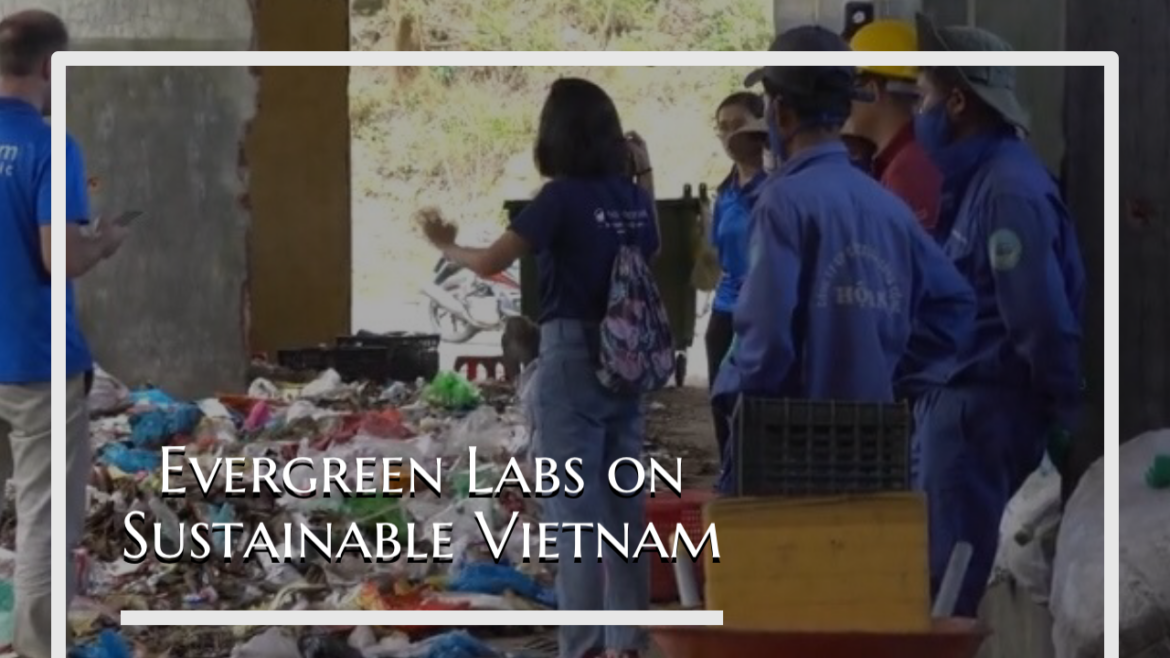By Dr. Kasia Weina, Director & Founding Partner, Evergreen Labs –
In a world facing endless challenges to tackle, one can get overwhelmed with where to start and how to make an impactful change. From climate change to poverty and plastic waste the world is seemingly riddled with one issue after another. Furthermore, COVID-19 and the global pandemic has revealed gaps in our pandemic response readiness, inhumane treatment of people and animals alike throughout global supply chains and the importance to be innovative and inclusive.
Responsible Entrepreneurship
Given these circumstances, being an entrepreneur today has more responsibilities than ever compared to previous decades where the primary focus was on profits and increasing shareholder value. The era of social innovation and social entrepreneurship began as a new wave of business equipped with both business acumen and purpose all wrapped up in one. Also known as the “triple bottom line approach” businesses are now focusing on the environment, social needs and profit at the same time. What was once a stand alone department or team, typically labeled as corporate social responsibility (CSR), new business models are integrating purpose and impact into the backbones of their business operations.
This movement has started to take shape in recent years and entities are now permitted to designate themselves as social enterprises in Vietnam. While the full understanding of what this term means and also what the benefits entail remains unclear, young entrepreneurs are committed to making a difference through their established businesses. While the market remains immature, in 2016 Evergreen Labs was established in Da Nang, Vietnam to pioneer social innovation in the central region of the country. To do this, Evergreen Labs established guiding principles to operate and build social ventures.

A Responsible Entrepreneurial Framework
1. Selection of a problem.
Without a clear problem statement tackling issues through social business is impossible. Most of the problems we try to solve are multi-stakeholder, dynamic and systemic. Therefore, narrowing in on the issue and understanding it in its entirety is mandatory. Through a systems thinking approach, we are able to understand the root cause of the issue at hand and identify potential points of intervention throughout the selected system. Note these issues are specific, narrowly focused and often a part of a larger systemic issue. We cannot tackle global issues with a small social enterprise so pick a problem with focus and rather look to replicate our solutions to create greater impact.
2. Points of Intervention
Once the problem has been identified and clarified, we look for points of intervention including specifically where innovation could transform the system. Often these solutions are simple, cost-effective and small-scale.
So how are these innovations developed? Where do these ideas come from?
Well, it’s not that straightforward but we work based on several guiding principles that highlight potential opportunities for innovation.
First, we investigate potential solutions that might lead to a circular economy model. Circular economy, nicely detailed by the Ellen Macarthur Foundation platform, pushes the boundaries of traditional take-make-waste linear models to zero-waste, circular systems. While often misperceived for “waste management” solutions, circular economy models are centered around regenerative design, meaning solutions that eventually decouple growth from the consumption of finite resources but rather use renewable resources. Some examples of circular design, including some case studies from the Evergreen Labs team will be showcased in the upcoming articles this month to put these concepts into action.
3. Put the ideas to test
In order for these solutions to be validated, we go through a rigorous feasibility and piloting process which puts these ideas to the test in the real world. Partnering with various universities around the world and local partners we test new solutions to first understand if they solve the issue at hand, second are any unforeseen side effects and third can they be operated as a sustainable business model? All of these components are equally important to successfully establish a social business.
If one of these components fails to meet the requirements, we publish our findings to share with aspiring entrepreneurs, organizations and partners.
If the solution is deemed successful, our team brings the solution to life and it is transformed into an operating social enterprise. To date our team has developed 13 solutions which 4 have become stand alone social ventures.
Comprehensive Methodology
Taken together, there are various ways to approach social innovation and our take at Evergreen Labs represents a comprehensive methodology to tackle issues facing developing markets.
While social innovation is still representing a small percentage of social enterprises, about 10% is the US only, we believe that social and environmental components must be included in all future businesses to not only ensure the sustainability of our planet but also the sustainability of the business as a whole.
In upcoming articles this month, the Evergreen Lab’s team will spotlight circular, zero-waste themes including some case studies from our organization.
All views and opinions expressed on this site are those of the individual authors and comments on this site are the sole responsibility of the individual contributor.

